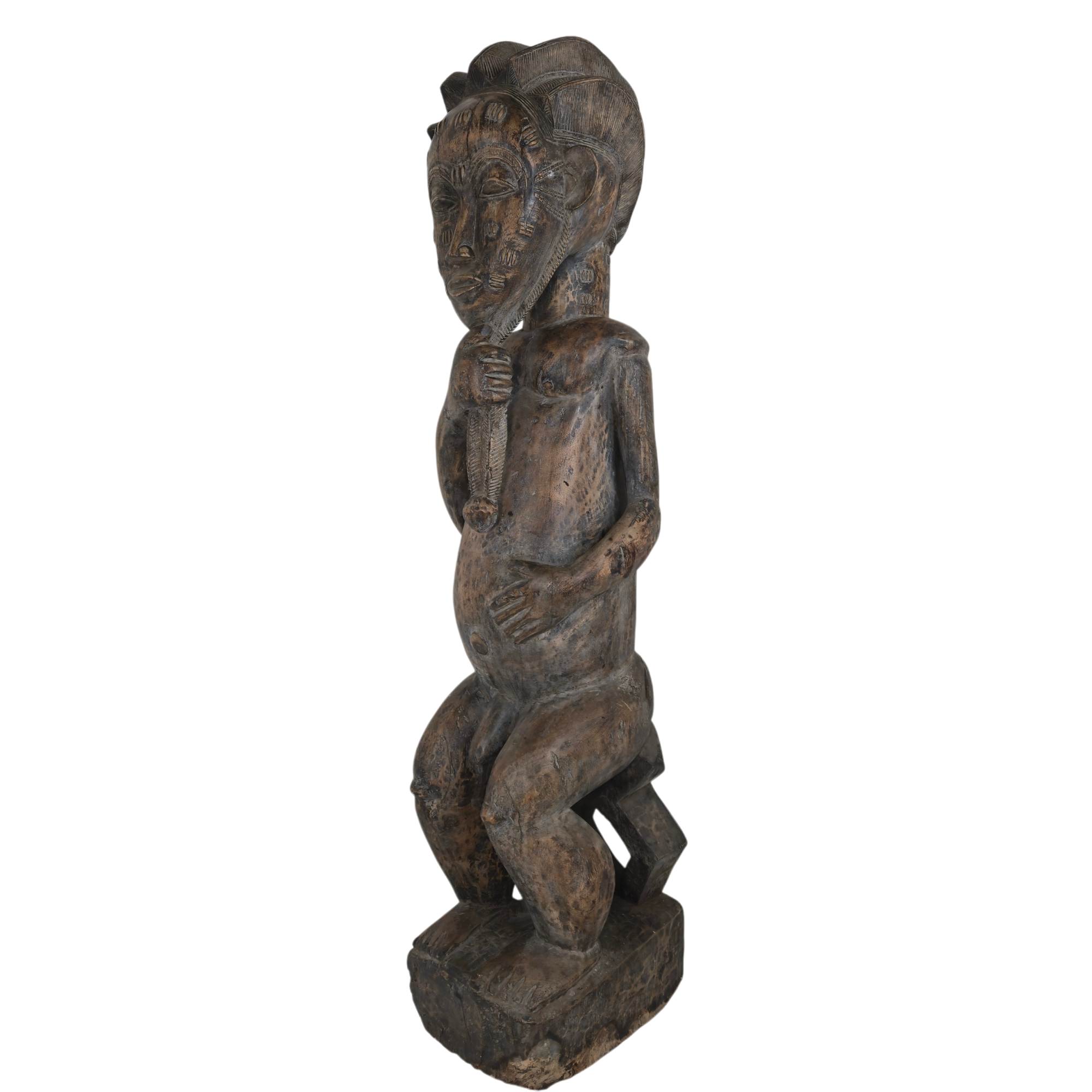The Mangbetu ethnic group originates from the Democratic Republic of Congo, primarily from the Ituri province. They are known for their art, music, and dance, as well as for their unique traditions.
The Mangbetu have been influenced by other peoples in the region, such as the Pygmies, Zandes, and Azandes. They have also developed their own political system, with a king (or "Mwami") at the head, as well as village chiefs.
The Mangbetu are famous for their distinctive hairstyle, called "The Mangbetu hairstyle". Mangbetu women have their heads shaved except for a small square at the back of the head, which is rolled into a bun and decorated with beads and shells. Men often have scarifications on their faces, as well as braided and decorated hairstyles.
The Mangbetu are also known for their sculptural art, with wooden figures, masks, and musical instruments. They have also developed a unique dance style, which involves rapid movements of the arms and legs.
Finally, the Mangbetu have a long tradition of headhunting, which was banned in the early 20th century. This practice involved decapitating their enemies during conflicts, then shrinking and decorating the heads to make trophies. Today, the Mangbetu no longer practice this tradition and instead focus on preserving their culture and traditions.
